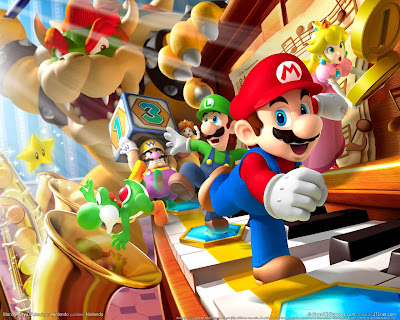If you're reading this because you think you might be one, my advice is: close this book right now. Believe whatever lie your mom or dad told you about your birth, and try to lead a normal life.
Being a half-blood is dangerous. It's scary. Most of the time, it gets you killed in painful, nasty ways.
If you're a normal kid, reading this because you think it's fiction, great. Read on. I envy you for being able to believe that none of this ever happened.
But if you recognize yourself in these pages -- if you feel something stirring inside -- stop reading immediately. You might be one of us. And once you know that, it's only a matter of time before they sense it too, and they'll come for you.
Don't say I didn't warn you."

So opens the first chapter of The Lightning Thief, by Rick Riordan. The Lightning Thief has been out since 2005, so it isn't new, but a host of children who were too young to read it when it was initially released may be draw to it once the movie comes out on February 12.
The premise of the story is that Percy Jackson is a demigod--half human, half Olympian god. This makes him a target for every "mythical" monster ever thrown out by Greek Mythology. At the beginning of the story, he is unaware of his parentage. Severely ADD and dyslexic, he's been thrown out of every school he's ever attended, usually because of some bizarre incident that lands him in trouble. Finally sent to a school for troubled kids in upstate New York, Percy is on his last chance -- if he's thrown out of Yancy Academy, who knows where he'll go next?
On a class field trip, his pre-algebra teacher morphs into a hideous monster bent on killing Percy. With some assistance from his Latin teacher, Percy manages to vaporize her with a magical sword. After this incident, no one seems to have noticed a thing. Percy knows something is going on, but can't even begin to fathom what. Returning home, he learns from his mother that his father was Poseidon, god of the sea. Once he knows who he is, he becomes the focus for more monsters, and is pursued all the way to Camp Half-Blood, a camp for demigods on Long Island. Here he meets Annabeth, a daughter of Athena, and Luke, son of Hermes, and learns the legend of Thalia's pine tree, which guards the camp from monsters.
The rest of the book is a romp: loads of action, lots of monsters turning up here and there, a quest to recover Zeus' Master Bolt, a secret prophecy involving a child of the Big Three (Zeus, Poseidon, Hades), and a plot to overthrow Olympus which will be the foundation for the rest of the series. Riordan has a gift for humor; Percy is wry and funny and fatalistic -- the characters often find irony in whatever bizarre situations they're confronted with. They're fast, entertaining reads and will appeal to boys and girls alike.

These are books for 9-14 year olds -- Percy is 11 when the series begins, and like Harry Potter, he ages a year with each new book. The books assume the existence of the Olympian gods, and while they don't go into any specifics, the promiscuity of those gods is a central theme. If you studied mythology in high school, you know that the Greek gods seldom resisted a pretty face; Greek myths are littered with their illegitimate children. Since most of the gods were also married, all of these connections are adulterous, though the book doesn't really comment on their morality (or lack thereof). There is perhaps a tacit commentary in that one of the themes running through the entire series is that of demigods who don't know their parentage because their immortal parent hasn't claimed them. This is always presented as a painful thing, which is as it should be.

Much of the Greek mythology is going to go over most kids' heads. Since I taught mythology, I thoroughly enjoyed how Riordan managed to bring many of the mythological characters into the present day -- I particularly liked "Auntie M's," the burger joint and statue shop -- what a great way to use Medusa (who, you will remember, turned people into stone with her hideous face). Here, she lures them in with greasy burgers and fries and then asks to "take their picture." She is heavily veiled to hide her face, but the kids assume she's Middle Eastern. Brilliant.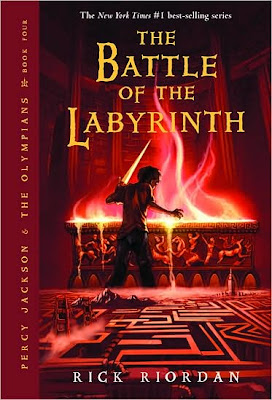
Each subsequent book does much the same thing, updating Greek myths for the modern world. In book 3, we learn that the sea of monsters travelled by Odysseus has been relocated in the modern world to the Bermuda Triangle -- so that's why all those ships keep disappearing! Circe runs a spa island and now turns men into guinea pigs instead of pigs ("so much cleaner!"). Olympus is now on the 600th floor of the Empire State Building.
Most of the characters use the phrase "Oh my gods!" and there are a few "butts" here and there. The characters, especially in later books, are depicted as dating each other, but there's nothing more explicit than some hand holding and a chaste kiss or two. There's lots of monster-slaying, but since the monsters only crumble into dust, the violence is somewhat softened. In later books, demigods are killed and the emotional tone of the story is cranked up a notch or two.

I enjoyed these books tremendously. When I re-read them for this post, I was struck all over again by how funny they are and how well paced for middle schoolers. I do think they're not for kids under 9, mainly because of the implied promiscuity and the violence, however mitigated. Also, I think you may find yourself embroiled in a discussion of values and beliefs after reading these books, and this is okay: it provides an opportunity to talk about what some cultures believed and how it affected their behavior and what the fallout for everyone was.

The great thing about movies now is how stunningly they can render worlds which previously could only live in the mind. The magic of CGI has made kingdoms like Middle Earth and fabulous places like Hogwarts spring to vivid life. But the very real danger of movies like these is that kids will only see the film and leave the books -- often very good books -- languishing on the shelf. I hope the movie attracts more readers, but if you think your child might abandon the book for the movie, you might want to encourage the reading before the viewing.
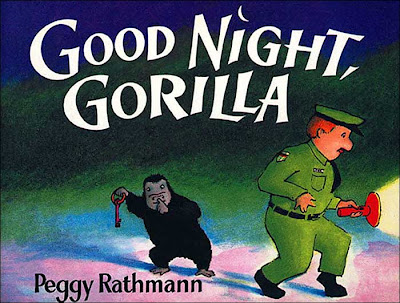



 Yes, that's ice.
Yes, that's ice. These books have been around since the 70s and early 80s and they are family favorites around here. What's great about them is that they work on two levels: first as excellent read-aloud stories, and second as good books for early readers.
These books have been around since the 70s and early 80s and they are family favorites around here. What's great about them is that they work on two levels: first as excellent read-aloud stories, and second as good books for early readers. Two of the truly charming things about George and Martha are their friendship and the dry, witty humor that often underlies their activities. The writing is for children, but it's good children's writing: writing that doesn't talk down to them or over-simplify things. Kids get the humor in George and Martha.
Two of the truly charming things about George and Martha are their friendship and the dry, witty humor that often underlies their activities. The writing is for children, but it's good children's writing: writing that doesn't talk down to them or over-simplify things. Kids get the humor in George and Martha.




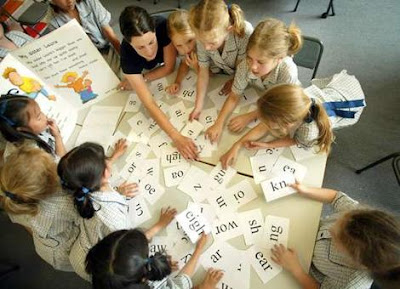

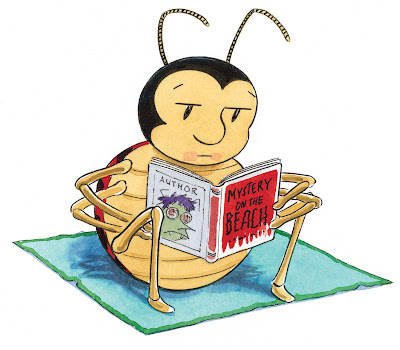
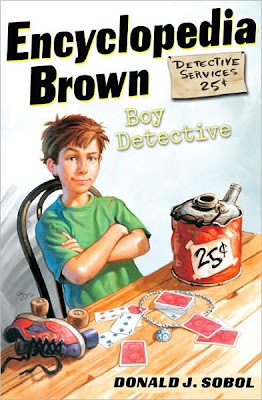





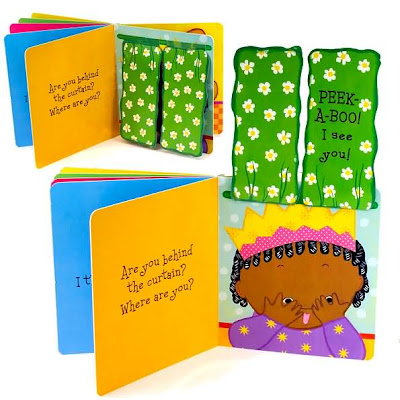
 These two shots show just how generous the flaps are --all of my children loved lifting these big flaps to see what was underneath. When my oldest was a baby there weren't many books like this available. Now, of course, there are many more, including a nice line of books from DK (Dorling Kindersley), but I think Katz's books blazed the trail in this area.
These two shots show just how generous the flaps are --all of my children loved lifting these big flaps to see what was underneath. When my oldest was a baby there weren't many books like this available. Now, of course, there are many more, including a nice line of books from DK (Dorling Kindersley), but I think Katz's books blazed the trail in this area.



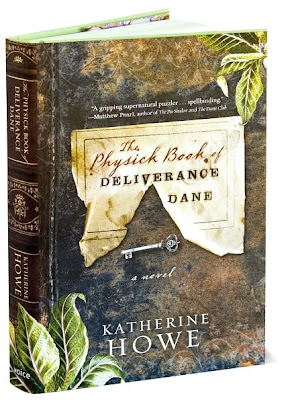
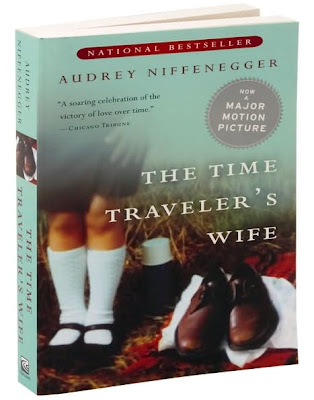 The Time Travelers Wife, by Audrey Niffenegger
The Time Travelers Wife, by Audrey Niffenegger

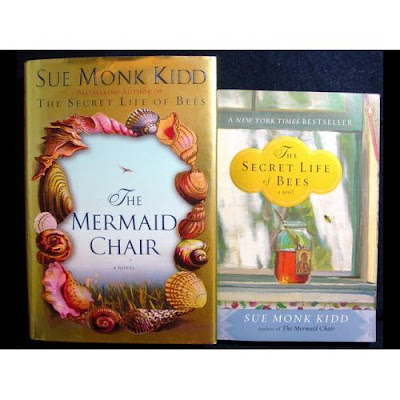 The Secret Life of Bees, by Sue Monk Kidd
The Secret Life of Bees, by Sue Monk Kidd
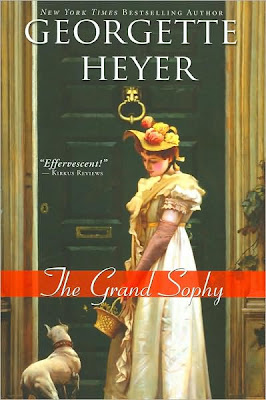 The Grand Sophy, by Georgette Heyer
The Grand Sophy, by Georgette Heyer
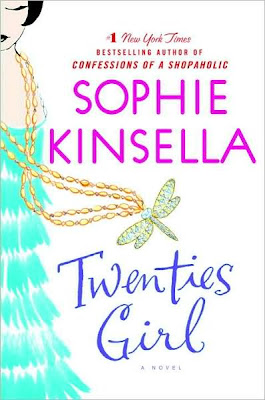


 The Girl Who Played With Fire, by Stieg Larsson
The Girl Who Played With Fire, by Stieg Larsson
